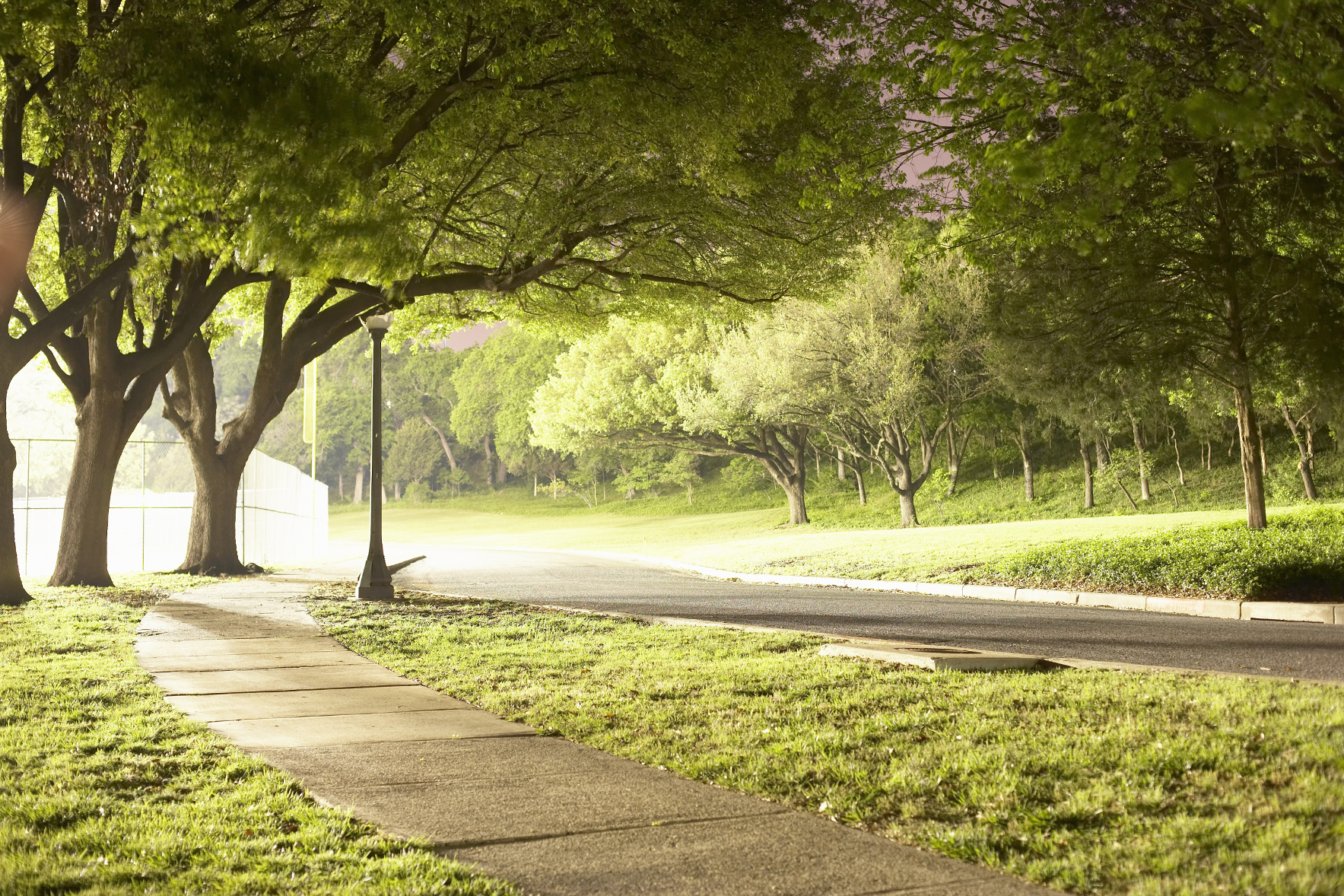We’ve all been told to eat right, exercise regularly, drink lots of water and get plenty of sleep. We invest in our health and wellness today, knowing that it will pay off in the long run. And as we age, our bodies need a little extra love.
Trees are no different.
A proper maintenance program that includes routine inspections, mulching, soil management and pruning will help trees age gracefully.

Yearly checkups
According to the International Society of Arboriculture (ISA), mature trees should be inspected at least once a year to assess four characteristics of tree vitality: new leaf or bud formation, leaf size, twig growth and absence of crown dieback — the gradual death of the upper part of the tree.
Loose bark, deformed growth and mushrooms are common signs of stem decay. Insect activity, spotted or discolored leaves, and dead leaves or twigs should be recorded and monitored closely.
Mulching
Mulch reduces environmental stress and creates a more moderate root environment by reducing temperature and moisture extremes. In addition, mulching helps eliminate weeds, grass and damage from lawn care equipment.
ISA recommends that mulch is placed 2 to 4 inches (50.8 to 101.6 mm) deep and covers as much of the root system as possible. When laying mulch, take care to leave a mulch-free area that is 1 to 2 inches (25.4 to 50.8 mm) wide around the actual trunk of the tree.
Soil management
Urban areas often lack nutrients, pH (acidity of alkalinity), sufficient drainage, and air and water space needed for tree growth and development. Soil nutrients can help correct some of these deficiencies. If pH levels prevent plant uptake, sulfur, lime and some mulches can balance soil chemistry and help alleviate plant stress.
Pruning
At times it is necessary to remove dead, diseased or infected branches to improve tree health and structure. According to ISA, branches should not be removed without reason because trimming live branches creates a lasting wound on the tree.
If you must climb a tree, use a chain or hand saw; personal protective equipment (PPE) should be worn at all times.
Learn more about tree care safety.
Information is courtesy of the International Society of Arboriculture. Learn more at TreesAreGood.org.
